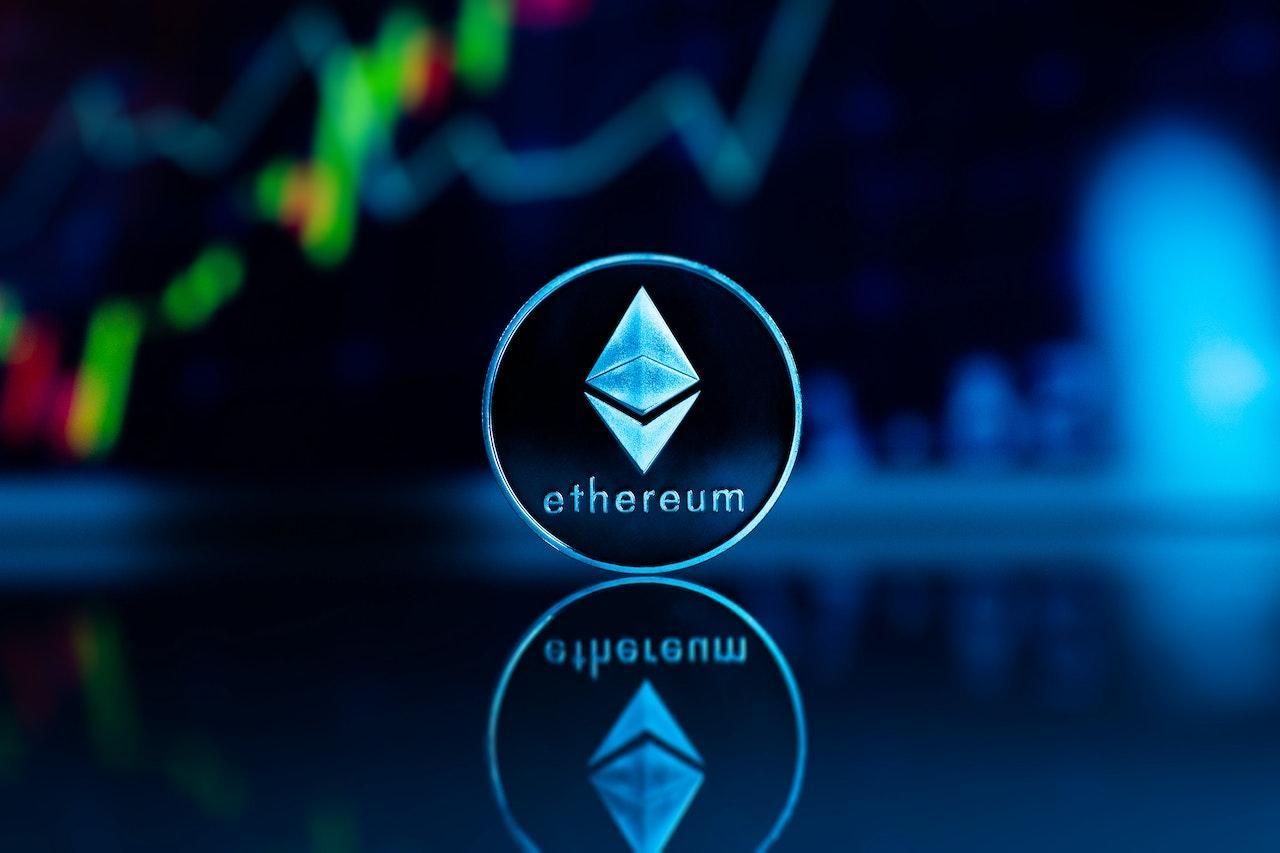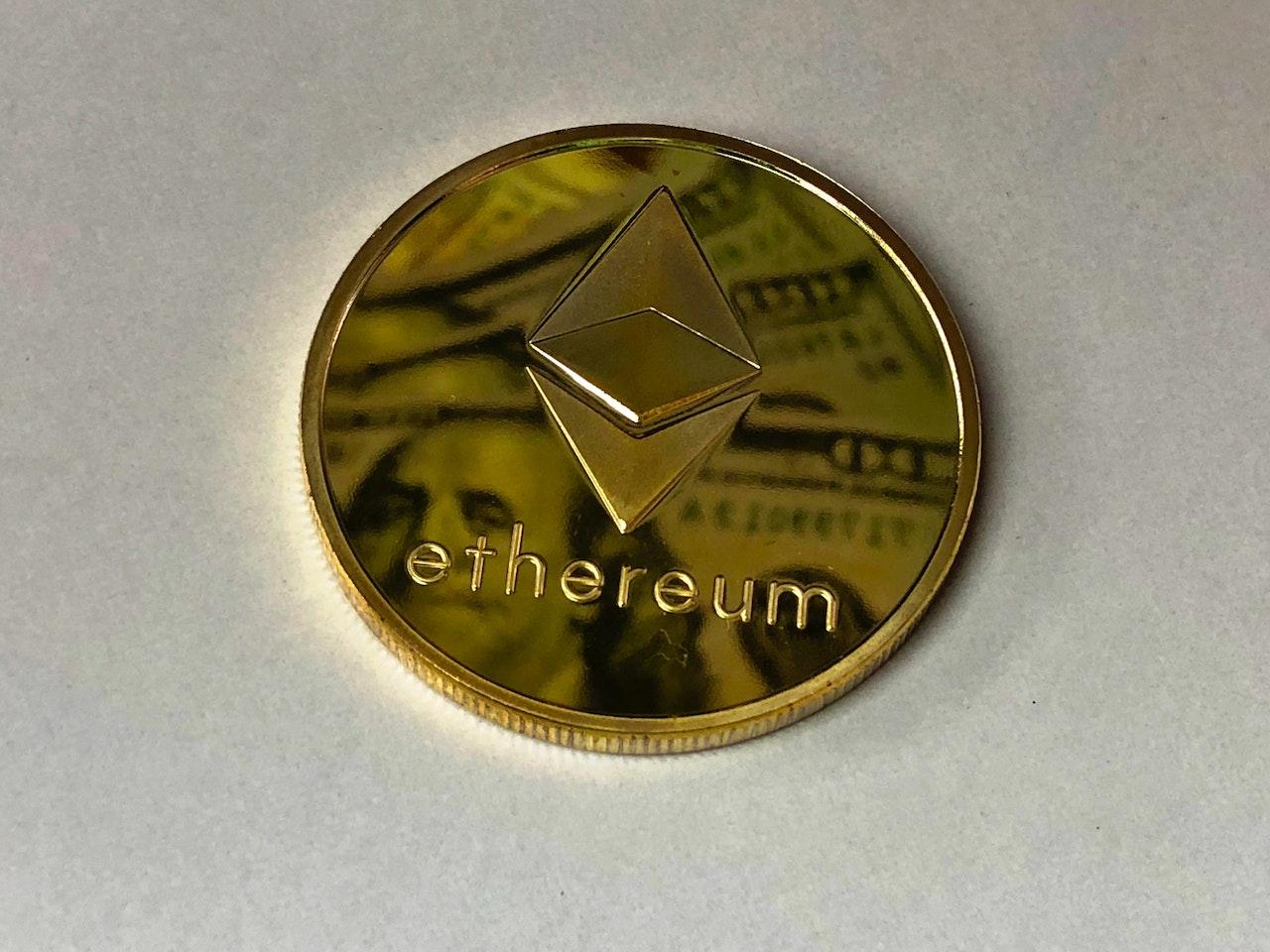Like it or not, NFTs in-game assets are changing the gaming industry. Now we will look at how this helps the players themselves.
Technology advancements have allowed the gaming sector to move beyond mere entertainment and become a platform for individual expression.
The $198 billion industry has allowed ordinary people to enter the new world and even transcend their human identity. Yes, games are the undisputed GIANT of entertainment. One aspect is creating a distinctive digital identity with your in-game assets.

Gaming Assets: A Raw Deal For Gamers
Traditional gaming assets such as skins, images, and characters generate huge returns. Every year, gamers invest hundreds of millions of dollars in these products.
However, there is a significant limitation: These assets have been associated with the game itself. Your Digital Items and the identity you created with them disappear when you exit the game.
In other words, no matter how much money you spend on your gaming assets, you don’t own them. This meant that, unlike real items, you couldn’t use or even display your collection outside the game, earn money, or sell your items. The game has been the owner, and all your money is lost when you stop playing it or move to a new platform.
It is like buying a jacket, except you can only wear it at the store where you made the purchase. This is not real property.
NFTs: Making Gaming More Equitable
NFTs offered the world something significant by allowing people to digitally own anything without needing a third-party platform. And one of the areas where it has had the biggest impact is the gaming industry.
In this article, we will explain why NFT game development makes the gaming industry a fairer and more realistic place for gamers.
What is an NFT?
A blockchain-based digital asset owned by a person is a non-fungible token (NFT). Regardless of the type of NFT you own, it is ALWAYS associated only with the blockchain and NOT with the game.
NFTs are blockchain-based assets that can be accessed and controlled by anyone who owns their private key. As a result, you can “own” the purchase and use it as you wish, just like a real object.
Compare this to conventional gaming assets, which offered players little use and control over their property.
Consider it this way:
- Traditional assets. These assets exist in and are managed by the game.
- NFT purchases are on the blockchain and under your control.
“However, there are digital assets in the game. My play equipment already belongs to me. Why do I need an NFT?
You are heard. However, although NFTs and gaming assets are accumulated digital assets, they differ significantly.

Game assets expire, and NFTs stay forever.
What would you choose to buy: consumables or durables?
When you update the game, your in-game asset may change or expire; it’s money and time you’ll never see again. This is possible even if you paid a lot of money to “own” the assets because the company that makes the game determines your ownership.
On the other hand, NFTs do not have an expiration date. Since they exist independently on the blockchain, they are protected from expiring or being lost due to an update or even an error. Thus, they are secure and indestructible, provided the private key is properly handled.
As such, she owned property independently of a large corporation is a much fairer and more secure form of ownership for gamers.
NFT compatible
The ability of a system to interact and cooperate with other systems is known as interoperability. This means that systems can exchange information and resources.
NFTs enable interoperability between different games on the same underlying blockchain, as opposed to traditional gaming assets designed to “fit” and be used exclusively by the game they are created in. Thus, you are free to use these assets in different environments, just like you would use them in the real world.
This gives the owners of these assets much more control and brings the “digital ownership” experience closer to the real experience.
NFT can be resold
When you buy a game item, you will have access to it in the game, but you won’t get any ownership transfer credentials, so you won’t be able to sell it after you’ve finished playing.
When you pay to stream a movie, the process is similar because once you see it, you won’t be able to resell it. This means that even if people are willing to buy an asset, there is no secondary market for traditional gaming assets and no way for owners to get their money back. It certainly sounds like a setup.
However, NFTs can be traded for real money as the blockchain controls them. YOU are the owner of the digital asset through the private key, and the blockchain infrastructure allows you to transfer this token to another address in a paid transaction.
Digital assets are now traded on a huge, highly liquid secondary market where prices are determined by supply and demand. And that makes sense because digital assets never go bad, so you should be fine selling them after they’ve been used.
Develop your personality outside of the game
NFTs, unlike regular gaming assets, can be placed out of the game. It can be a component of your own market profile where you can establish yourself as a knowledgeable collector, connoisseur, or even in the metaverse.
NFTs allow gaming assets to become part of a much more human effort to build a distinctive digital brand for themselves and find their online tribe. Thus, they go beyond entertainment and function. Very similar to the mod.

NFTs: Potentially Valuable Collectibles
No matter how valuable or rare your traditional game asset is, it will always be considered part of the game and not a separate object. This means that the value of an investment will stay the same for you, even if it becomes iconic or more relevant.
However, NFT-based game elements that become popular over time—whether due to pop culture references, popularity, or real-life events—may rise in value. This indicates that they are attractive as collectables with the potential to increase value and digital bragging rights.
Fantastic opportunity for creators
What about anonymous designers creating in-game assets?
Blockchain ownership and the market it creates have massive potential for game asset developers. This entails creating, tokenizing, using, and even selling your assets.
A good illustration is the “Sandbox.” Players could create their own pixelated characters in a typical game when it first started. But with the blockchain, those same creators can now make money from their work, developing the online world’s marketplace, reputation, and distinctive aesthetic.
Characters and other assets are created by creatives who are paid for their work. Shouldn’t it always be like this?
Buying means owning NFTs. Finally.
It may take time to determine how conventional assets differ from gaming NFTs. Still, a quick comparison of their structural features reveals how different blockchain-based assets are for the ordinary people who fund the industry.
Developcoins, an NFT Token Development Company, offers cutting-edge services and solutions for the creation of NFT tokens for a variety of different industries.
It all comes down to revenue: traditional assets don’t work that far, but NFTs provide buyers with higher returns, as well as a host of completely new opportunities outside the game.
All this helps the virtual world get closer to the visceral sensations of the real world. Isn’t that the whole purpose?

Kathy Brooks is a digital marketing specialist at IPB Digital LLC. She is a technical writer that is fascinated with all things blockchain, cryptocurrency, digital assets and web3. Follow IPB Digital LLC on LinkedIn, Facebook and Twitter.

